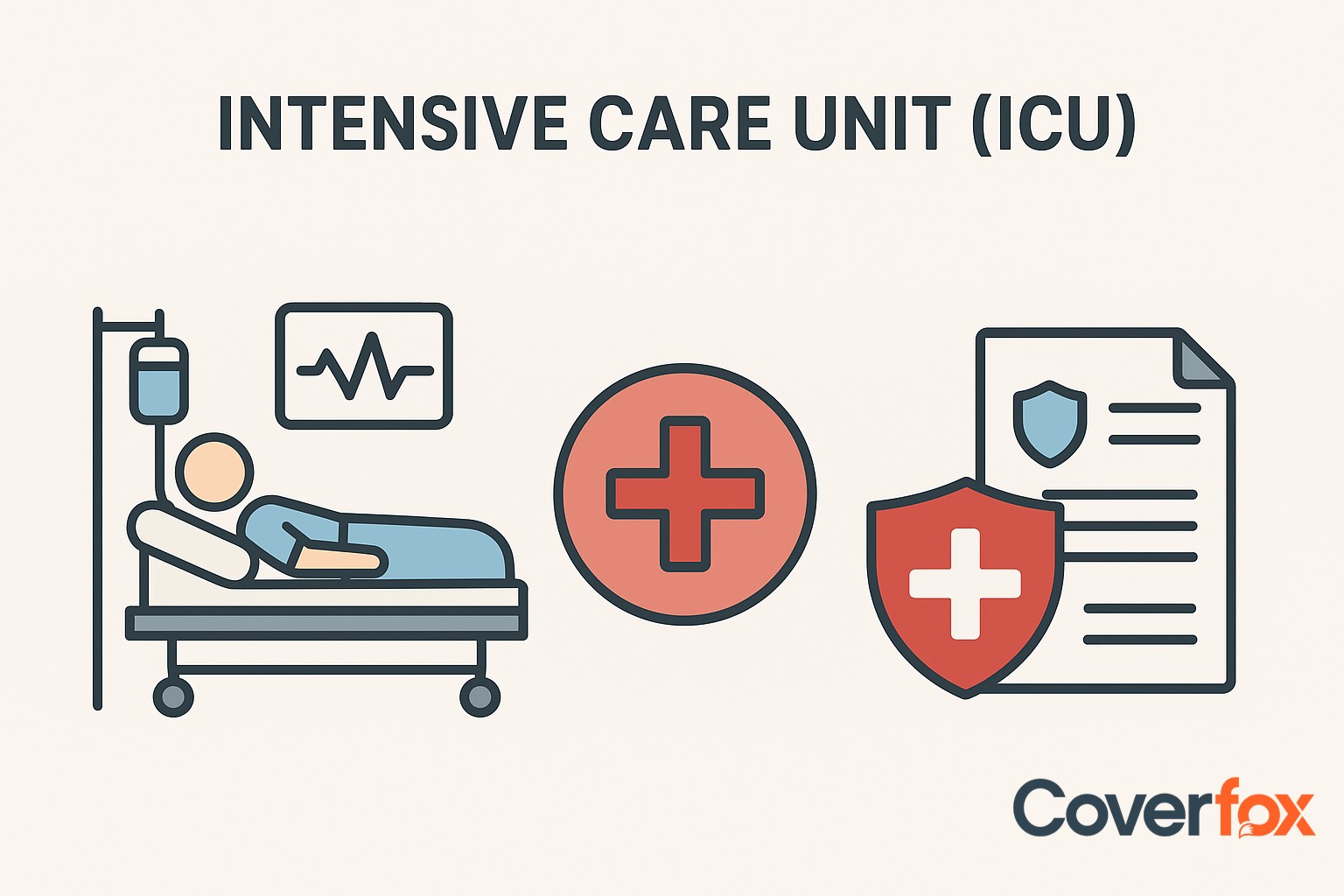To avoid the threat of potential side effects caused by modern medicine, alternative options to medicine are considered. These alternative medicine options include Homoeopathy and Ayurveda.

Both these treatments have their own sets of deep-rooted beliefs, including holistic and natural approaches to treat various conditions. However, one might wonder what the main differences are between the two. In this blog, we will see how each of them has its own set of philosophies, benefits, and side effects for an individual.
What is Homeopathy?
Homoeopathy is the science of medicine discovered by Samuel Hahnemann in Germany. Homoeopathy is based on the core principles of ‘like cures like’. It means that symptoms exhibited by a sick person can be used to treat the similar symptoms of another sick person, in minimum doses of medicine. As per Homoeopathic specialists, the minimum the dose, the more effective the medicine works. Homoeopathic medicines are derived from natural substances, such as plant, animal and mineral derivatives. It is prepared by diluting it completely in alcohol or water, till the molecules of the original substance do not remain.
What is Ayurveda?
Ayurveda, the ancient healing treatment that originated in India, is translated to the ‘science of life’. It is mainly based on balancing the three fundamental energies present in the human body–Vat (wind), Pitta (bile) and Kapha (phlegm). Ayurveda treatment emphasises prevention and overall wellbeing, to maintain the right balance between body, mind and consciousness. Ayurvedic treatment involves the promotion of well-being through yoga, meditation and massage. It also includes the treatment and prevention of diseases through plant-based medicines and natural diets.
Homeopathy vs Ayurveda
Let us see the key differences between the two to get a better understanding
| Differences | Homoeopathy | Ayurveda |
|---|---|---|
| Place of origin | Germany | India |
| Core beliefs | ‘Like cures like’, ‘single remedy’, ‘minimum dose’. | Balancing three energies in the body–Vat, Pitta, Kapha |
| Primary Goal | Curing diseases | Preventing diseases |
| Diagnosis | Based on symptoms and the condition of the patient | Uses pulse diagnosis |
| Side effects | Extremely rare, mild if it occurs | Rare, but could involve allergic or gastric reactions on improper use. |
| Views about allopathy | Against allopathy | Not against allopathy |
Homoeopathy and Ayurveda: Benefits
Both Homoeopathy and Ayurveda have their specific set of advantages. Let us see what they are–
Benefits of Homeopathy
- It is suitable for all age groups, including being safe for children and pregnant women.
- It helps boost immunity and emotional well-being.
- It helps manage a wide range of acute and chronic conditions.
- If prescribed by a qualified practitioner, they have minimal to no side effects.
Benefits of Ayurveda
- It helps detoxify the body and boost digestion.
- It focuses on the prevention of diseases and overall health.
- It helps reduce stress and anxiety.
- Natural herbs and therapies help prioritise safety.
Homeopathy and Ayurveda: Side Effects
Along with their advantages, both Homoeopathy and Ayurveda may have certain side effects. Even if these effects are little to none, it is important to take note of these as well.
Side Effects of Homeopathy
- An overdose of medicine may lead to a sudden burst of high energy.
- Side effects, though mild, may lead to a temporary worsening of symptoms.
Side Effects of Ayurveda
- May cause allergies in certain people.
- It could lead to gastric discomfort as well.
Both Ayurvedic and Homoeopathic medicines should be taken in a prescribed manner. Excess consumption of these medicines can lead to additional side effects.
Final Thoughts
In all, both Homoeopathy and Ayurveda, while being natural, alternative forms of medicine, differ in terms of origins, philosophies, and treatment methods. Homoeopathy is Western, symptom-focused and uses highly diluted remedies–while aiming to cure diseases. Ayurveda, on the other hand, is Indian, focuses on balance between energies, and its main aim is to prevent diseases and enhance overall well-being. It includes additional therapies such as yoga, massages, meditation, diets, etc.
There is no definitive answer as to which is better. It depends on the preferences and health conditions of the individual. Many leading health insurance policies in India include AYUSH coverage–which stands for Ayurveda, Yoga, Unani, Siddha and Homoeopathy. With the help of Coverfox, an IRDAI-authorised Insurtech platform, you can now find some of the best insurance plans that integrate AYUSH coverage, making both Homoeopathy and Ayurveda treatments easily accessible to individuals.
Explore More:
Ayurvedic Treatment Cover from Indian Health Insurance Companies
How Do I Convince My Customers to Buy Health Insurance
Frequently Asked Questions
What are the views of homoeopathy regarding allopathy?
Homoeopathy is believed to be strictly against allopathy. Its treatment differs from allopathy in terms of philosophy and methods.
Homoeopathy or Ayurveda, which is better?
It cannot be determined which is better. Homoeopathy is suitable to cure certain diseases with minimal to no side effects, while Ayurveda is suitable to prevent diseases and help in overall well-being.
How much is the gap between Homoeopathy and Ayurvedic medicine?
The gap between Homoeopathy and Ayurvedic medicine lies in their origins, philosophies and methods of treatment.
Is Homoeopathy harmful or helpful?
Homeopathy is considered helpful. It is safe for multiple age groups, and reports few to no cases of side effects.
Can Ayurveda and Homoeopathy work together?
Yes, both medicines can work together. However, it is recommended to have a gap time of at least 30 minutes to 1 hour before consuming these two medicines, to prevent any type of reaction.
Is Homoeopathy and Ayurveda the same?
No, Homoeopathy and Ayurveda differ in terms of philosophies, origins and methods of treatment. Homoeopathy is Western, and uses symptom-based diagnosis and diluted remedies, while Ayurveda is Indian, uses pulse-based diagnosis and focuses on overall well-being and balance.




